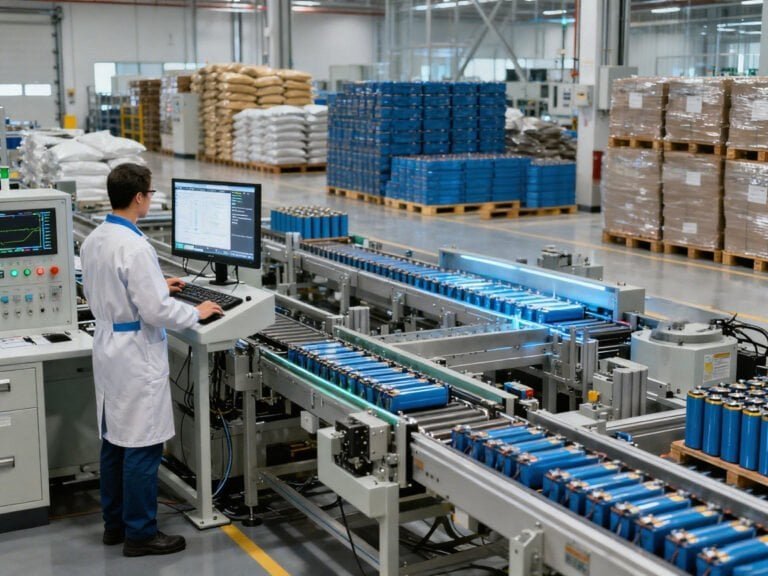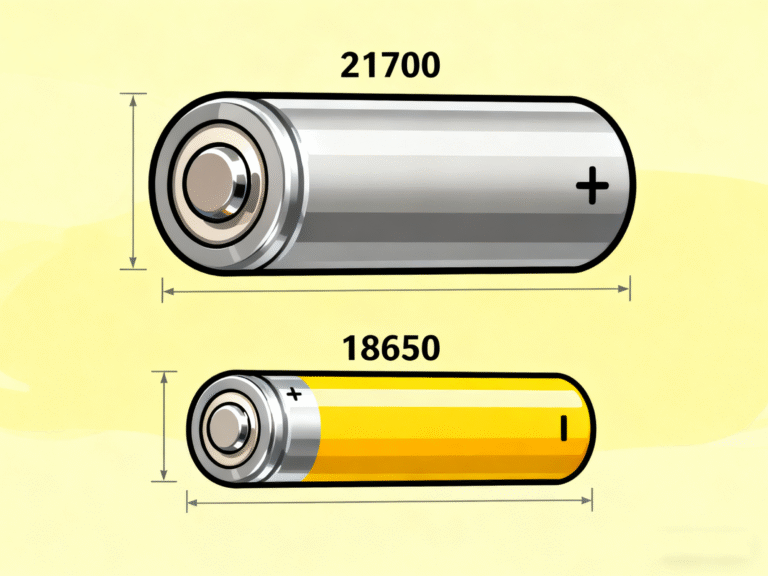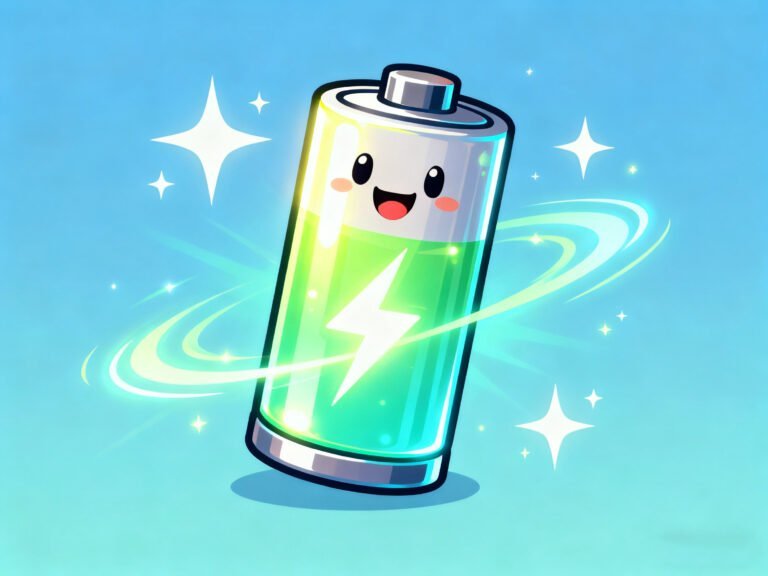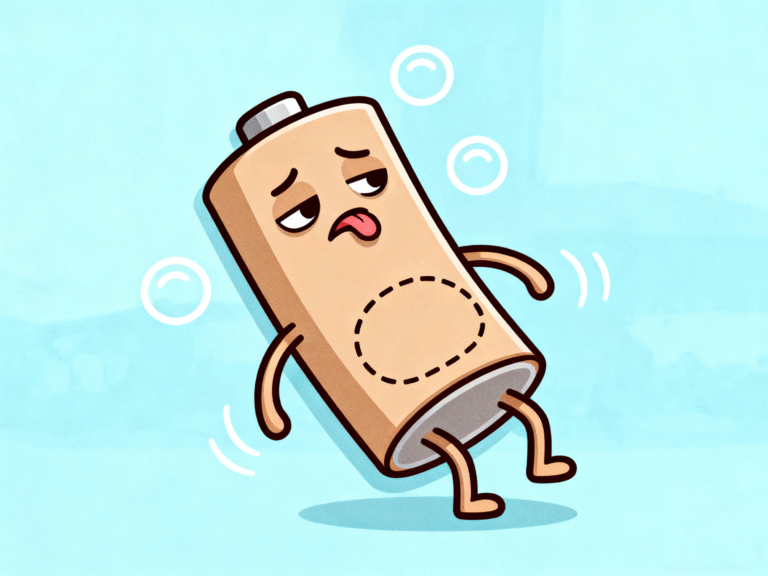In the field of lithium battery manufacturing, two cylindrical cell formats—18650 and 21700—have become the most widely recognized standards for high-performance battery packs. Whether used in electric bicycles, power tools, energy storage systems, or electric vehicles, these two cell types play a crucial role in powering the modern world.
However, as technology advances and the demand for higher energy density grows, manufacturers are now facing an important decision: Should we continue to use the traditional 18650 cells, or upgrade to the more powerful 21700 cells?
This article explores the key differences, performance advantages, manufacturing challenges, and application trends of 21700 and 18650 cells in lithium battery pack production.
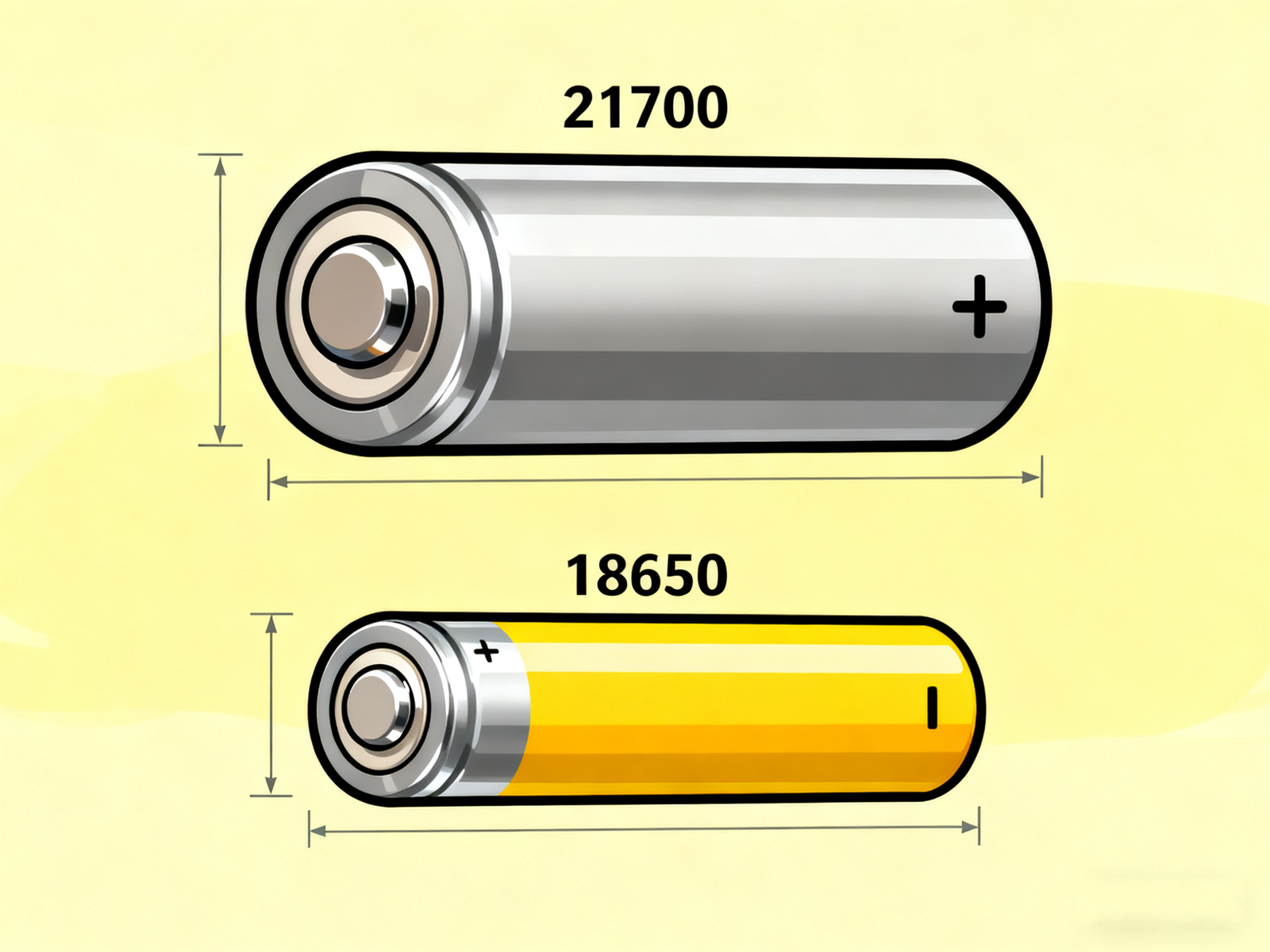
1. What Are 18650 and 21700 Cells?
The names “18650” and “21700” refer to the physical dimensions of the cylindrical lithium-ion cells:
– 18650 cell: 18 mm in diameter, 65 mm in length.
– 21700 cell: 21 mm in diameter, 70 mm in length.
Both are cylindrical lithium-ion batteries, commonly using cathode materials such as LiCoO₂ (LCO), NCM/NCA, or LiFePO₄ (LFP). However, the increase in size from 18650 to 21700 enables substantial gains in energy capacity and efficiency.
2. Capacity and Energy Density Comparison
A 21700 cell typically offers 35–50% higher capacity than an 18650 cell. For example, in electric bike batteries or energy storage modules, fewer 21700 cells are needed to achieve the same capacity, which simplifies pack design and reduces the number of welds and connections.
Higher energy density also means longer runtime and better range, making the 21700 cell a preferred choice for next-generation EVs and high-end eBikes.
3. Thermal Performance and Heat Management
Thermal management is a crucial factor in lithium battery pack design. Although 21700 cells store more energy, their larger size also means greater heat accumulation if not managed properly.
Modern manufacturing techniques such as precision welding, balanced cell grouping, and optimized BMS can offset this disadvantage.
4. Internal Resistance and Efficiency
21700 cells typically feature lower internal resistance thanks to improved electrode designs and advanced materials. Lower resistance not only improves the discharge rate but also increases charging speed—an advantage highly valued in electric mobility applications.
5. Manufacturing and Cost Considerations
18650 cells have been mass-produced for over a decade, resulting in mature production lines and lower costs. 21700 cells, though newer, are rapidly catching up as major manufacturers expand production capacities.
6. Structural Design and Space Efficiency
Because 21700 cells are larger, the number of cells per module decreases, leading to simplified pack construction. However, in applications with limited space or specific design constraints, such as compact e-scooters or medical equipment, the smaller 18650 cells remain a better fit.
7. Application Scenarios
Both 18650 and 21700 cells have well-established applications, but their target industries differ slightly. 18650 remains the mainstream choice for cost-sensitive and space-limited devices, while 21700 dominates high-performance sectors.
8. Battery Pack Design and BMS Optimization
Switching from 18650 to 21700 cells requires redesigning the battery module layout and optimizing BMS algorithms. With fewer cells, voltage balancing and temperature monitoring become more manageable, improving overall system performance.
9. Environmental and Sustainability Factors
Fewer cells per pack mean less material consumption and reduced waste. The higher energy density of 21700 cells supports energy-efficient products and contributes to lower carbon emissions.
10. Challenges in Transitioning to 21700 Cells
Transitioning to 21700 requires upgrading equipment, ensuring thermal uniformity, and adjusting supply chains. However, these challenges are being rapidly overcome with industry innovation.
11. Market Trends and Future Outlook
The global lithium battery market is moving toward higher energy density, smarter control, and safer chemistry. 21700 and newer formats like 4680 will gradually replace 18650 in large-capacity applications, while 18650 continues to serve smaller devices.
Both 18650 and 21700 cells have unique strengths. 18650 offers proven reliability and cost-efficiency, while 21700 provides superior energy density and simplified design. For manufacturers like Dongguan Yizhan Electronics Technology Co., Ltd., mastering both technologies ensures customized, high-quality battery pack solutions for diverse global applications.

